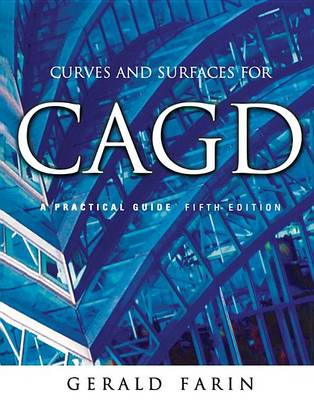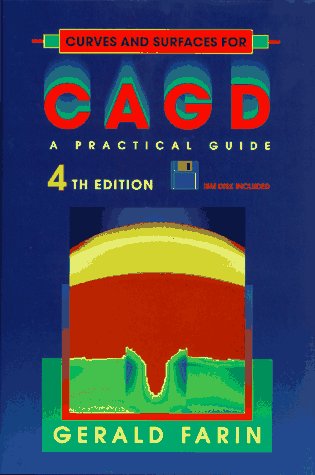Computer Science and Scientific Computing
2 total works
This fifth edition has been fully updated to cover the many advances made in CAGD and curve and surface theory since 1997, when the fourth edition appeared. Material has been restructured into theory and applications chapters. The theory material has been streamlined using the blossoming approach; the applications material includes least squares techniques in addition to the traditional interpolation methods. In all other respects, it is, thankfully, the same. This means you get the informal, friendly style and unique approach that has made Curves and Surfaces for CAGD: A Practical Guide a true classic.
The book's unified treatment of all significant methods of curve and surface design is heavily focused on the movement from theory to application. The author provides complete C implementations of many of the theories he discusses, ranging from the traditional to the leading-edge. You'll gain a deep, practical understanding of their advantages, disadvantages, and interrelationships, and in the process you'll see why this book has emerged as a proven resource for thousands of other professionals and academics.
The book's unified treatment of all significant methods of curve and surface design is heavily focused on the movement from theory to application. The author provides complete C implementations of many of the theories he discusses, ranging from the traditional to the leading-edge. You'll gain a deep, practical understanding of their advantages, disadvantages, and interrelationships, and in the process you'll see why this book has emerged as a proven resource for thousands of other professionals and academics.
Geometric modeLling is the design of three-dimensional objects which specify a workpiece in a geometrical pattern. Computers are often used in the design process because they allow a designer to manipulate the object using interactive graphics that compute design parameters and display the design for review prior to fabrication. This work focuses on Bezier and B-spline methods for curves, rational Bezier and B-spline curves, geometric continuity, spline interpolation, and Coons methods. In this fourth edition, the content has been revised and updated to include a new chapter on recursive subdivision, new material on nonrectangular topology, surface faceting, stereo lithography, and new sections on triangulations and scattered data interpolants. The disk provided in the back of the book has also been updated to include all of the data sets and the C code used in the book. Assuming only a background in calculus and basic linear algebra, this revised and updated text should be of interest to a wide audience; from computer graphics hobbyists to software developers for CAD/CAM systems.

